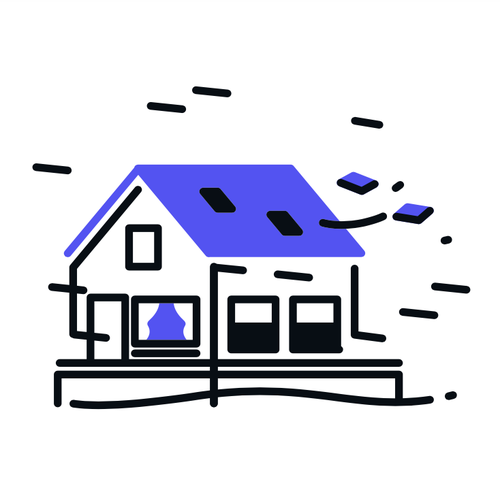Does my home insurance cover hail damage?

Most home insurance policies do protect against hail as a peril. Damage to the structure of your home caused directly by hail or as a result (such as interior flooding due to roof damage). Read your policy to understand what coverage and exclusions you have. Many home insurance policies will cover the replacement cost (after the deductible, of course) of say, a new roof. However, others will limit it to the actual cash value if the roof is over a certain age.
Another reason to read your policy carefully? In several states where hailstorms are common hail damage may be partially or completely excluded from coverage. In those cases, you will need to add coverage as a separate endorsement or even purchase an additional policy to receive coverage. In hail-prone areas, it’s also possible that your policy might include hail coverage but also require a higher deductible for it.




